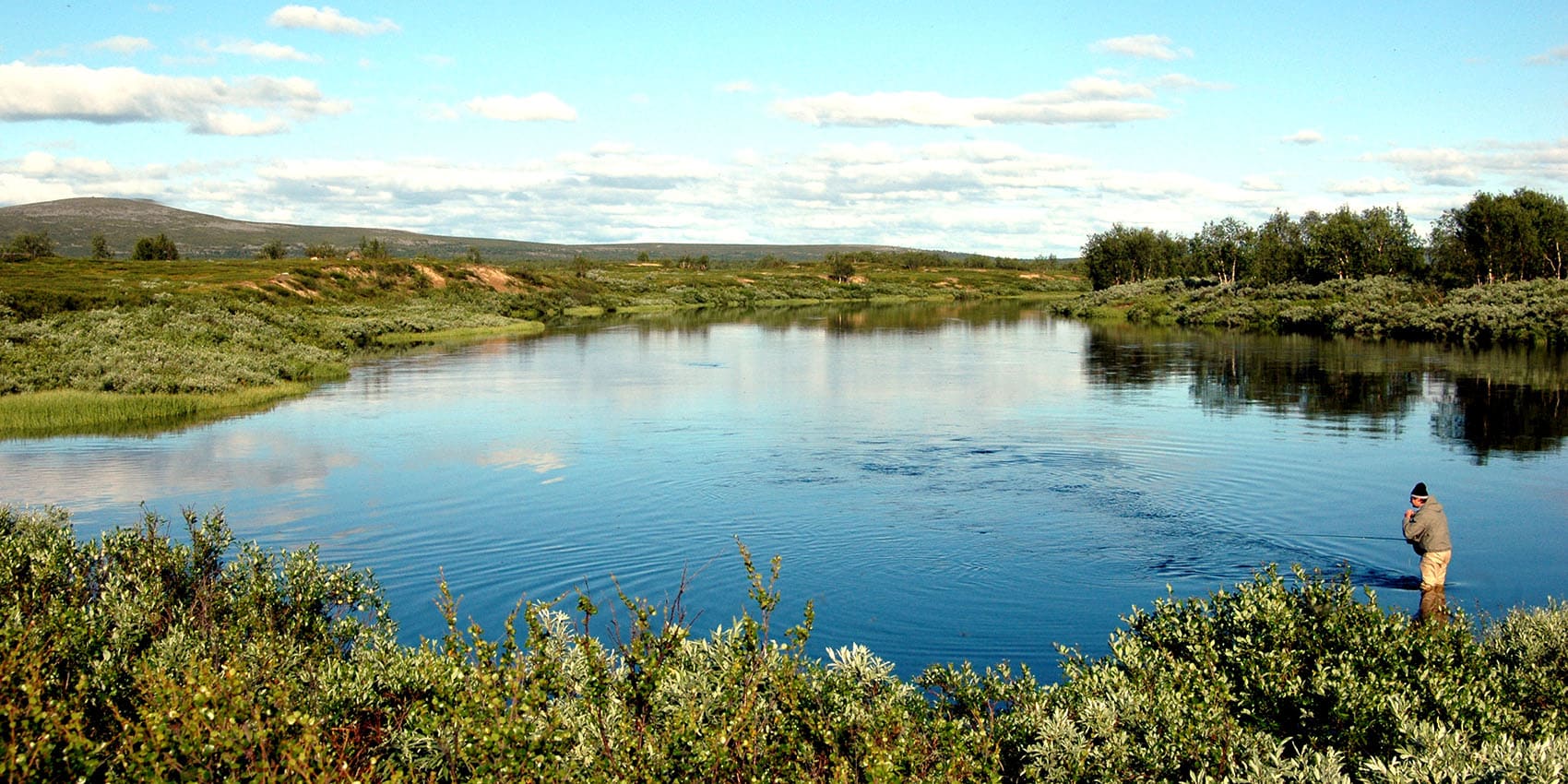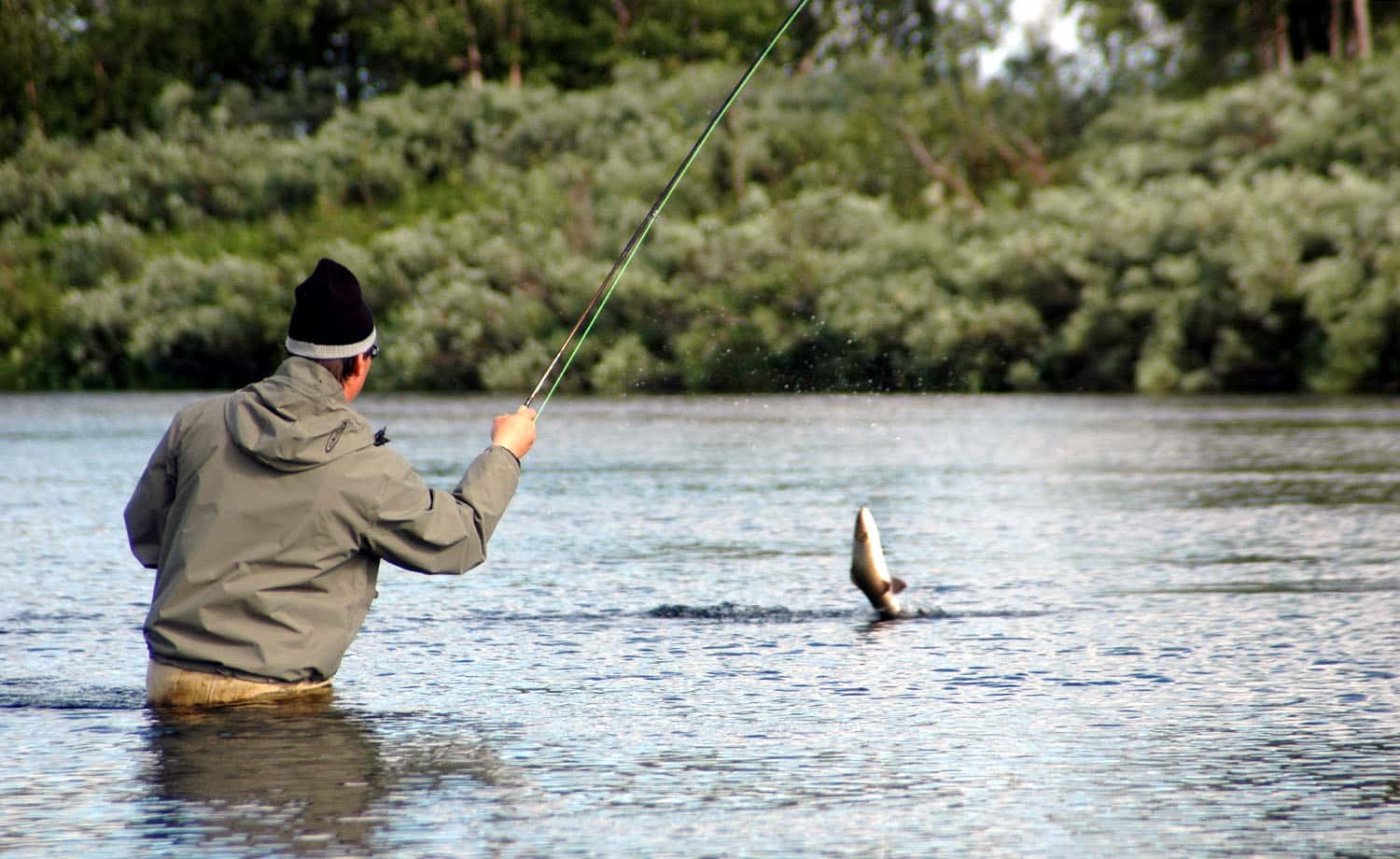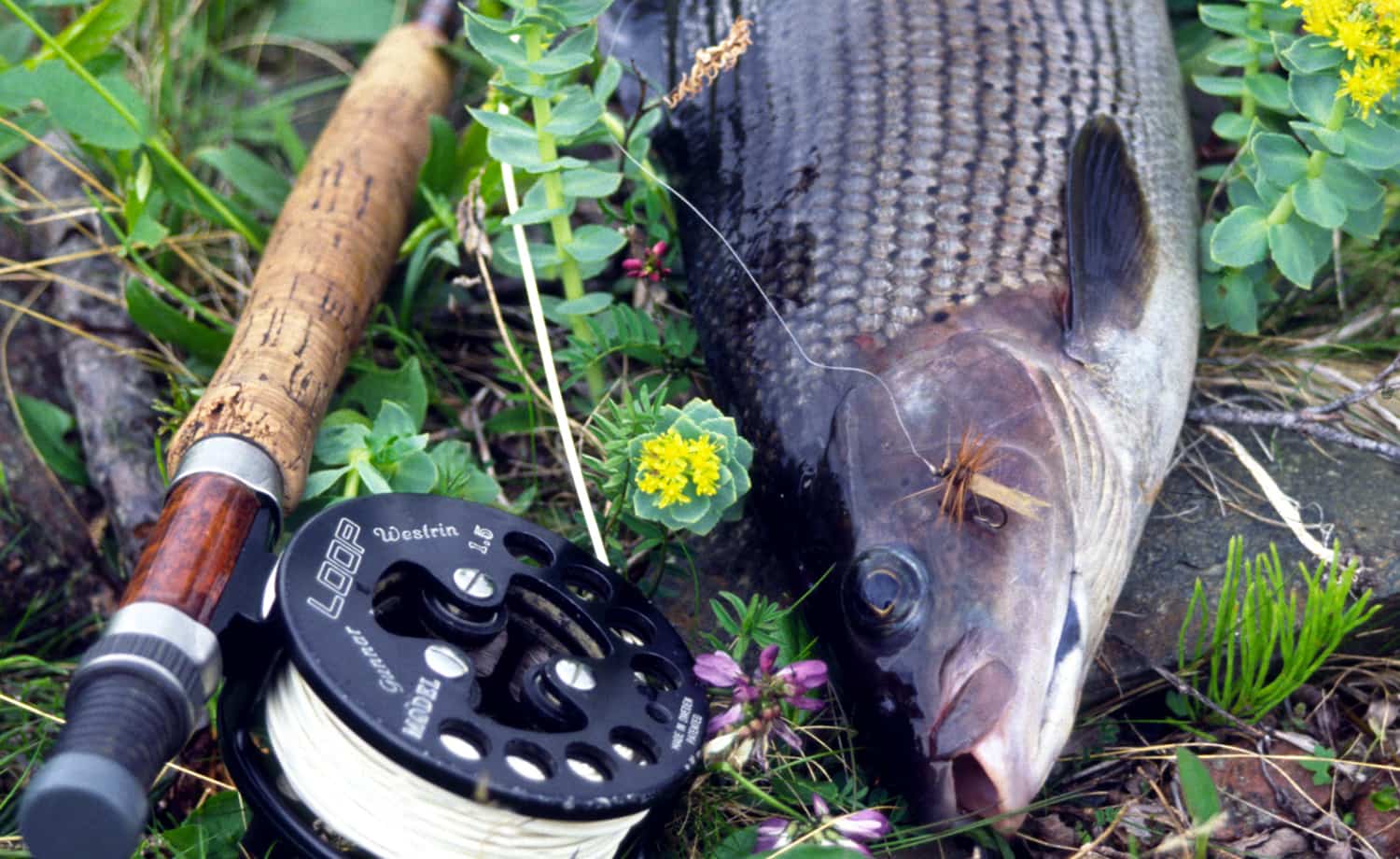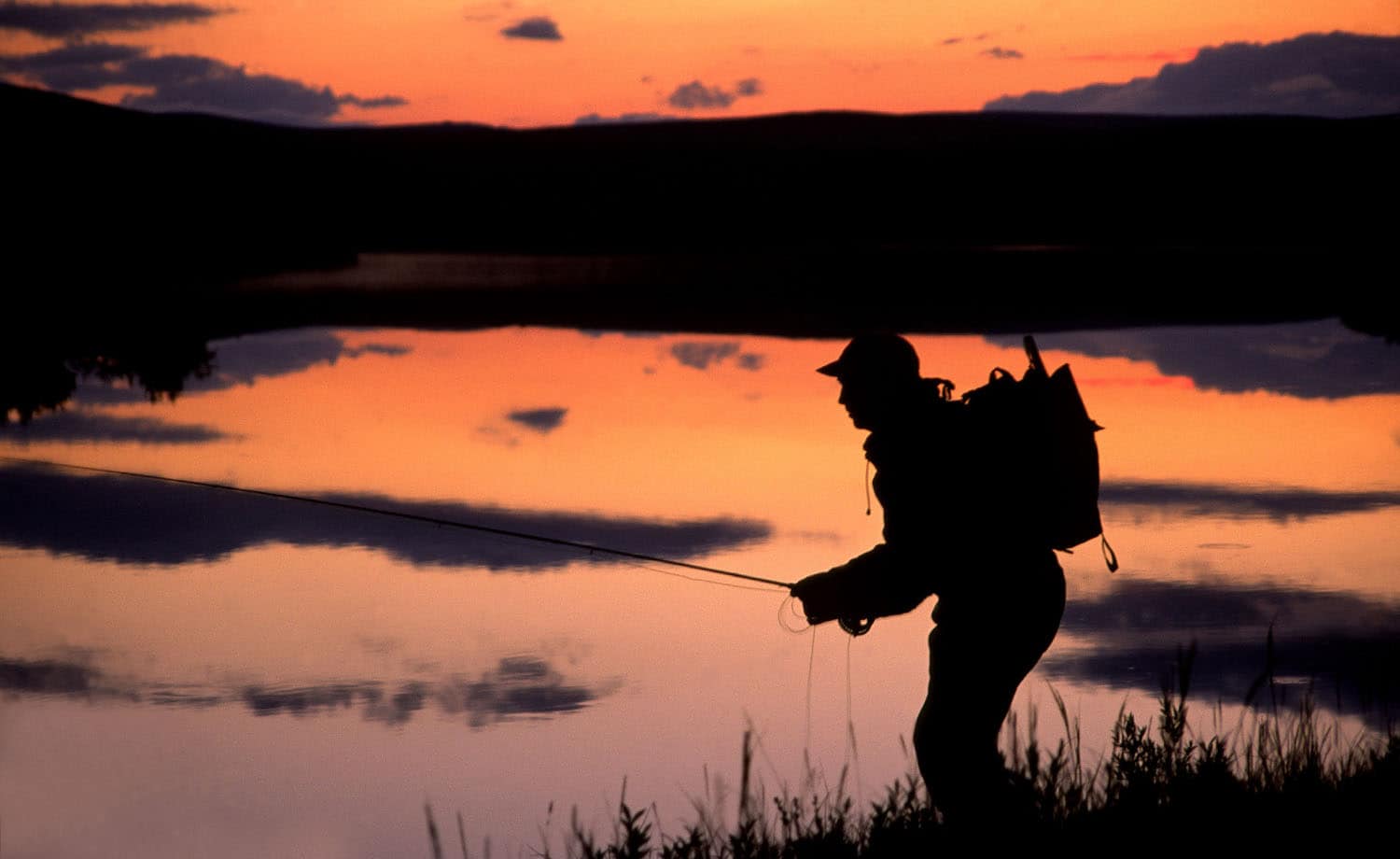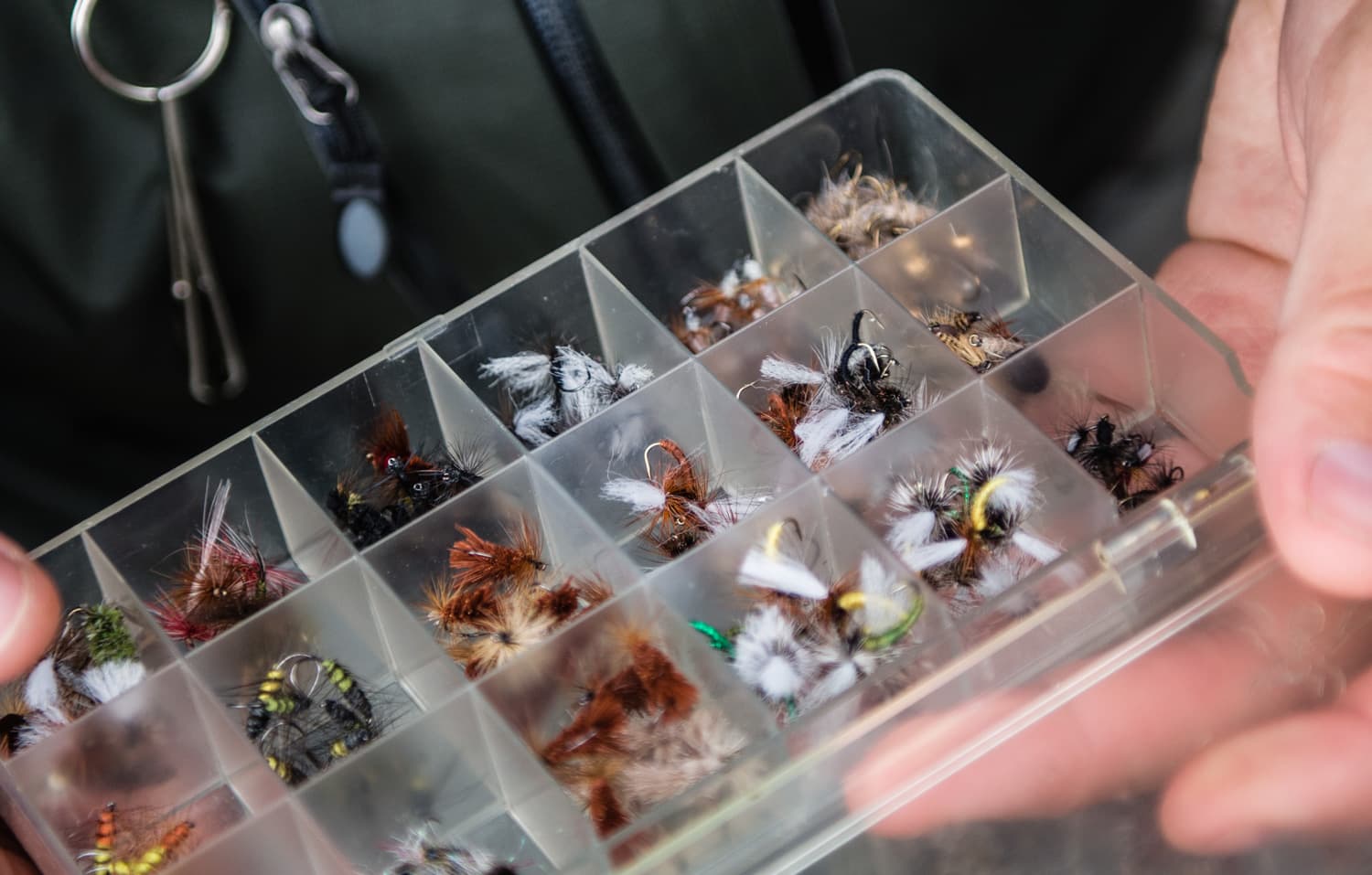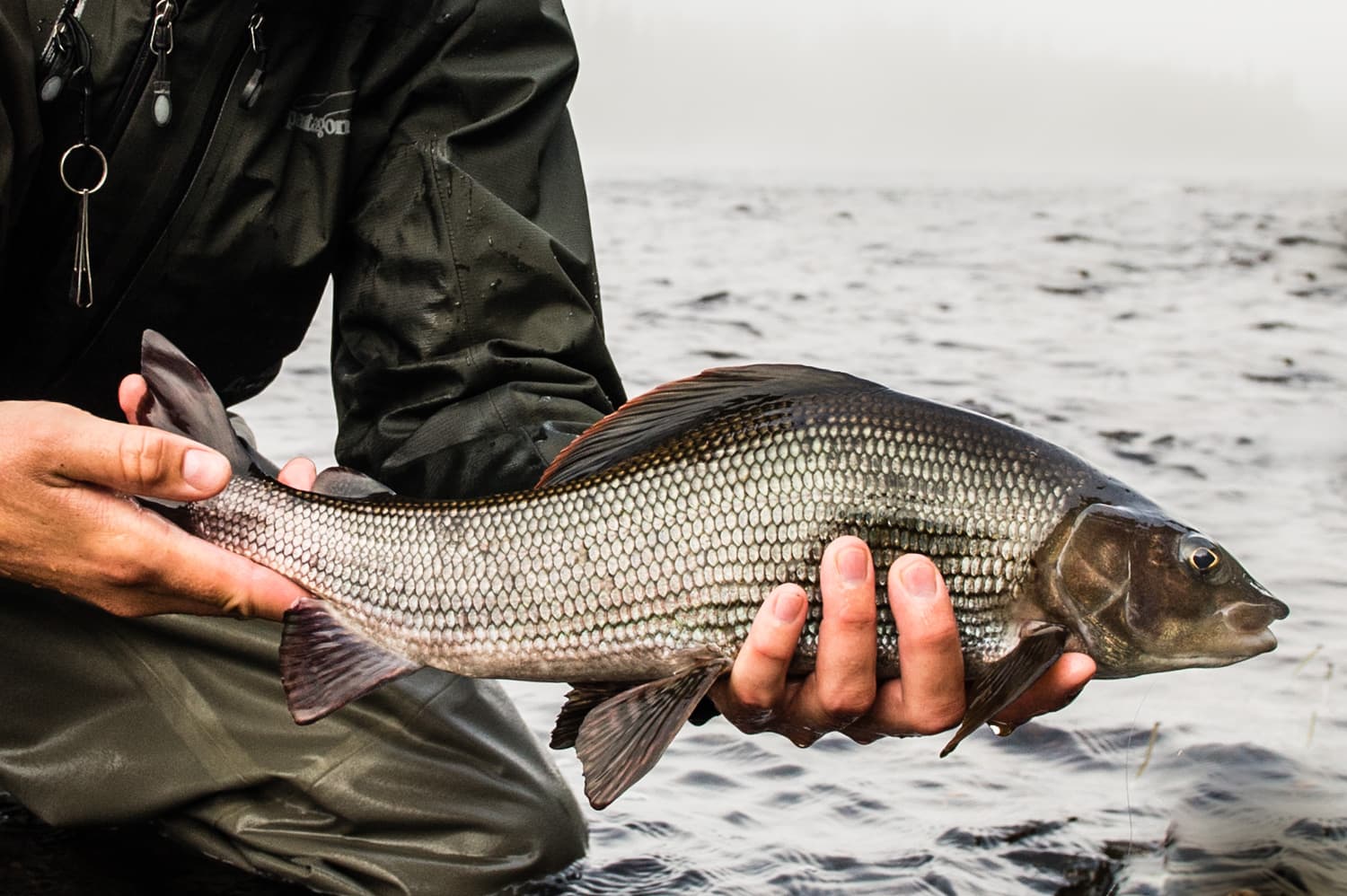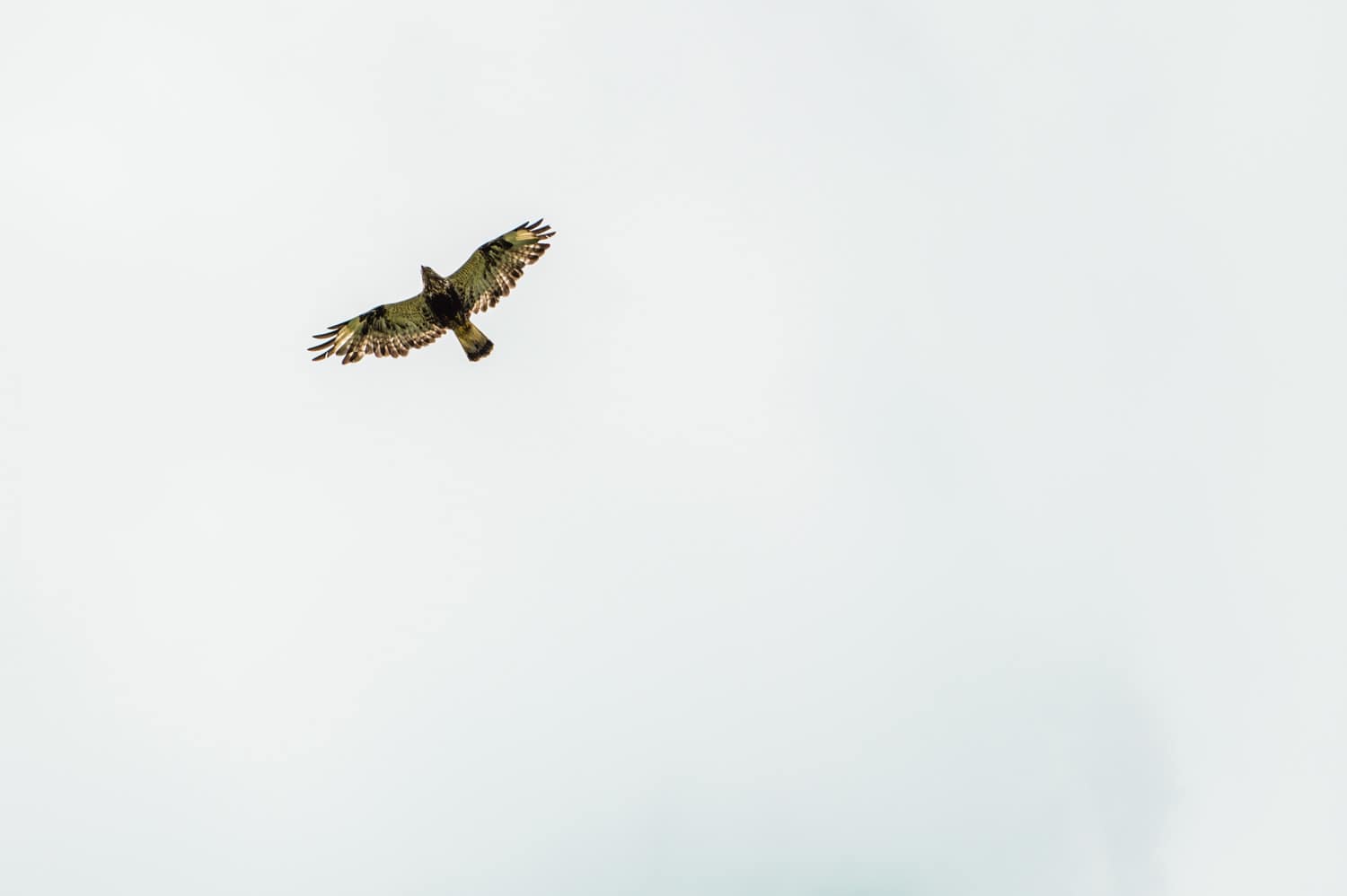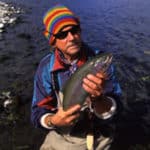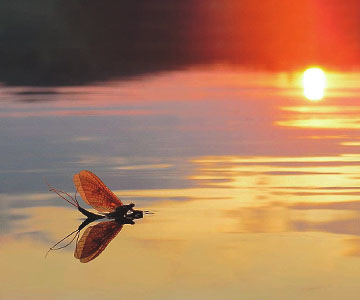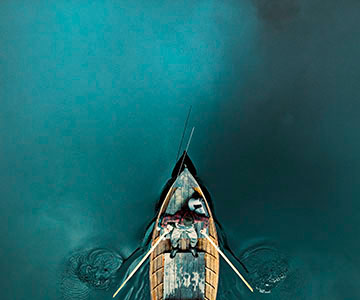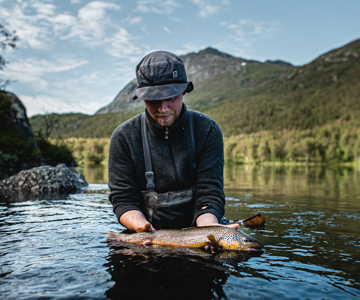The author and fly fisher Gunnar Westrin feel most at home in the most barren of landscapes. This is how Sandåslandet north of Kiruna became one of his retreats in life.
I often think about the fishing spots I’ve chosen in life. In the beginning, it was a narrow sphere with the wilderness of my childhood as the obvious centre of my universe. Nowadays I’ve come to the conclusion that that particular area was larger than the collective worldview. But everything was about to change. My first fishing trip to Sandåslandet was in the summer of 1971. After something that could be best described as a bureaucratic wrestling game, I was finally able to pack my things and head for Kiruna. The thing was that the stream I’d chosen for my fishing experience was Sami waters at the time. Applications were necessary and made to the county administrative board in Luleå. That’s where you wrestled. The reason for my first trip wasn’t just fishing – it was botany as well.














